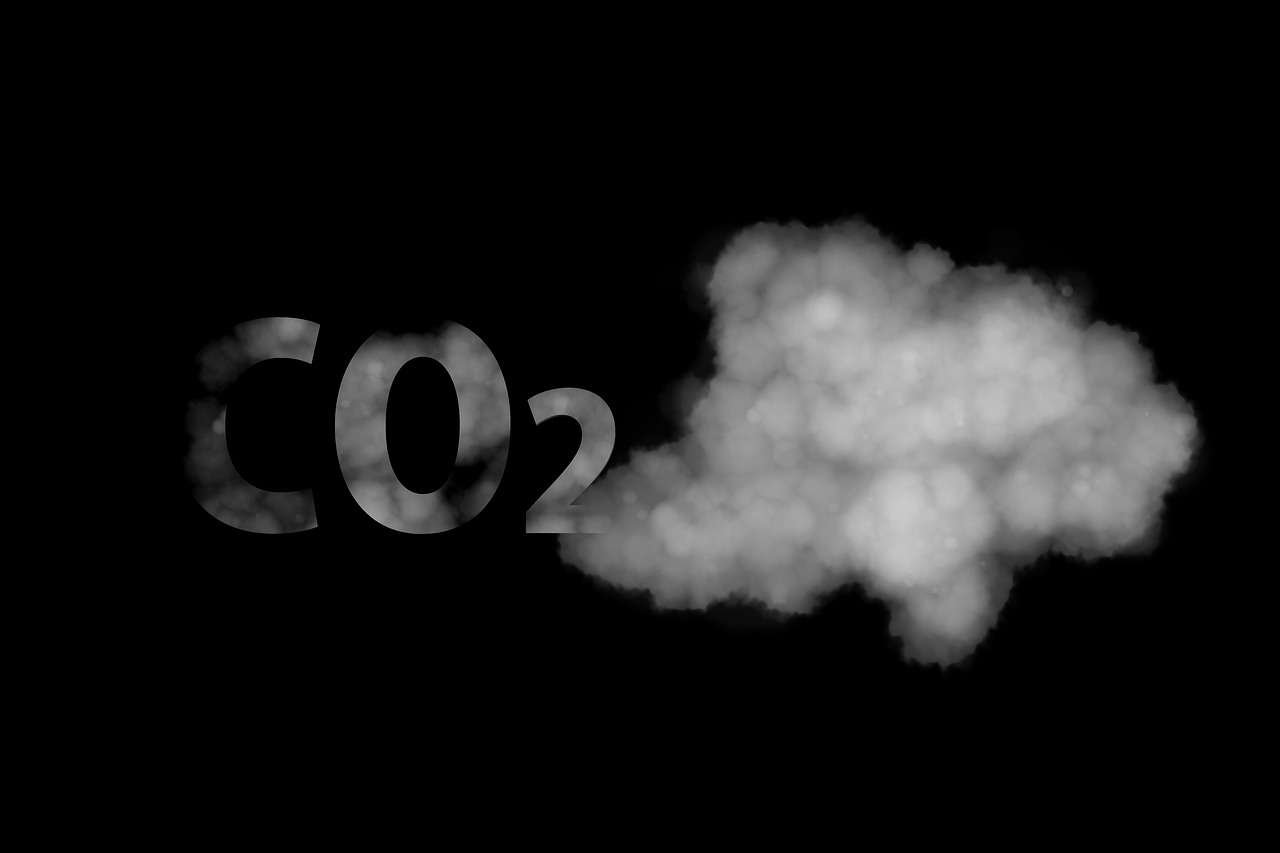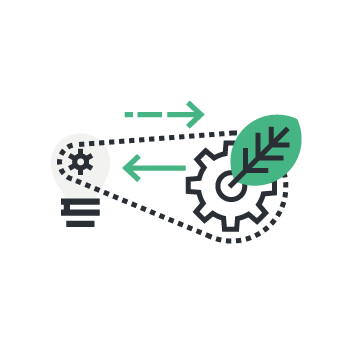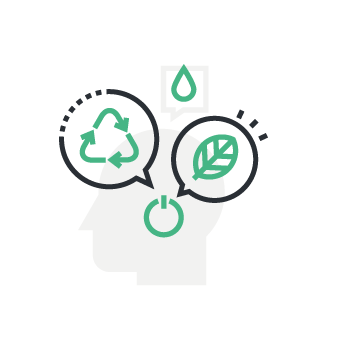
As a business, AES Engineering Ltd. and out main UK manufacturing company, AESSEAL are often asked to describe the journey to achieving Net Zero and shed some light on the sometimes confusing terminology of the different emission 'Scope's' that have to be taken into account, controlled, minimised or offset.
AESSEAL went beyond Net Zero last year as I explain below, and the Board of the AES Engineering Group has made an historic commitment to do the same for the global group, probably by next year, and in any case to invest £29 million by 2029 to push well beyond that target with a series of concrete, auditable actions.
Offsetting has its own complex rational and calculations that will be dealt with a separate article. For now, I want to look at the definition of Scope 1, Scope 2 and Scope 3 emissions and give some insight into how AESSEAL tackled them.
Scope 1 emissions are direct greenhouse (GHG) emissions that occur from sources that are controlled or owned by an organisation (e.g. emissions associated with fuel combustion in boilers, furnaces, vehicles). In the case of AESSEAL Scope 1 emissions are mainly gas, motor vehicles and a little bit for LPG and bottled gases. The total is 290 gross tonnes of CO2e emissions.
Scope 2 covers indirect emissions from the generation of purchased electricity, steam, heating and cooling consumed by the reporting companies. Our only Scope 2 emissions are electricity, but as the company exclusively uses green electricity, 856 tonnes of Scope 2 emissions do not count towards the total.
Scope 3 covers all other indirect emissions that occur in a company's value chain. In the case of AESSEAL plc the Scope 3 emissions have been calculated at 46,352 tonnes i.e. massive by comparison to Scope 1 and Scope 2 emissions, but we very unusually have a credit in Scope 3 avoidance which is greater than the Scope 3 CO2e "costs" and that credit is currently verified by a third party to be 64,284 tonnes.
To explain this a bit further, independent consultants verified that the positive environmental impact in the businesses of our customers due to adopting just one of our reliability products was more than enough to compensate for our Scope 2 carbon footprint.
The problem (for those wishing to make a real difference) is that Scope 3 emissions, will probably be massive by comparison to Scope 1 and Scope 2. For the AES Engineering Group we have calculated Scope 1 and Scope 2 (for which we need to buy offsets) at 4,500 tonnes CO2e. The Scope 3 emissions have been calculated at 112,000 tonnes CO2e, which gives a clear indication of the scale of difference.
Most companies have Scope 3 emissions costs, which is the cost of purchased goods and services, but many have both input and output costs and most just ignore the Scope 3 inputs and outputs and the negative impact on society of the use of their goods and services in terms of CO2e. So those who only report Scope 1 and Scope 2 are on a journey.
By way of example only, Oil and Gas companies have the emissions costs of the use of their products as Scope 3 emissions to add to their Scope 3 supply chain costs.
Without credible Scope 3 benefits to offset Scope 3 costs, it is going to be very tough in the future for certain businesses such as tobacco companies, betting firms, or companies producing alcohol or even salt and sugar-laden goods to argue that they are good for the planet.
Now that I’ve made myself unpopular (again) I will leave it at that. We are pushing ahead with our investment plan to take the global group beyond Net Zero. As I have said before, it is not marketing. It is just the right thing to do.

Written by Chris Rea, Group Managing Director, CBE, DL, BSc, CEng, HonFIMechE.
Follow Chris on Linkedin https://www.linkedin.com/in/chris-rea-8961b617/detail/recent-activity/posts/



